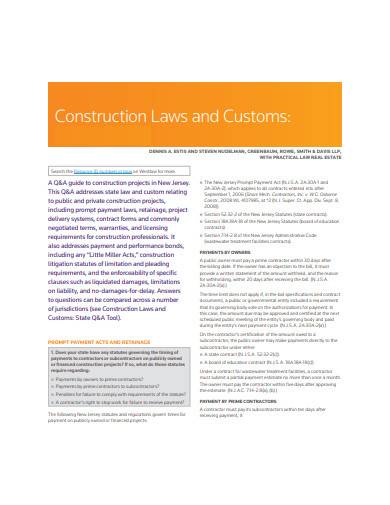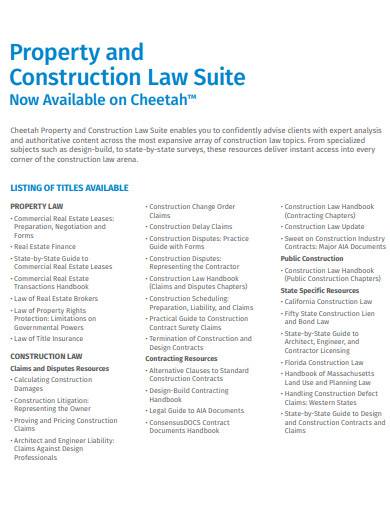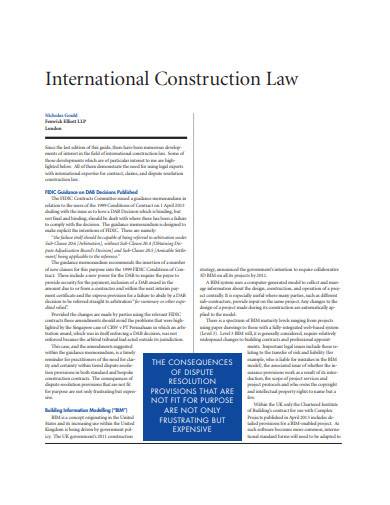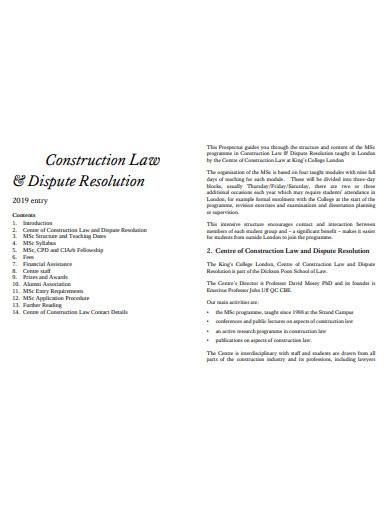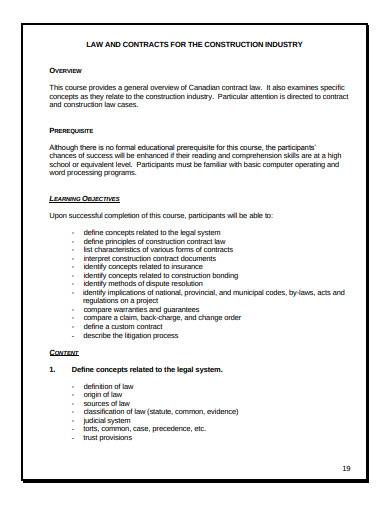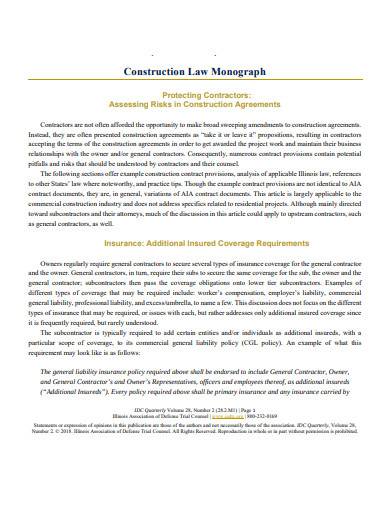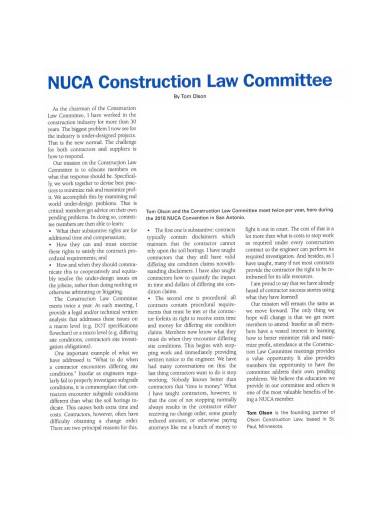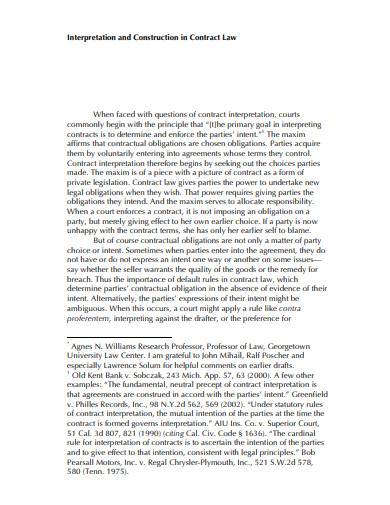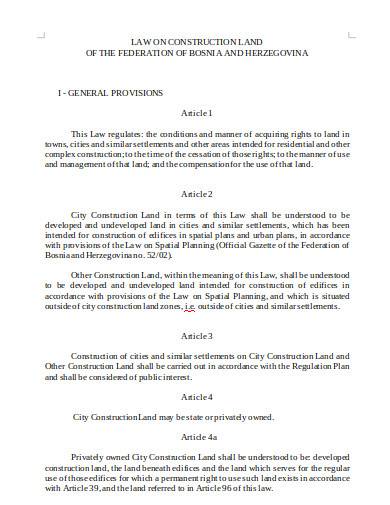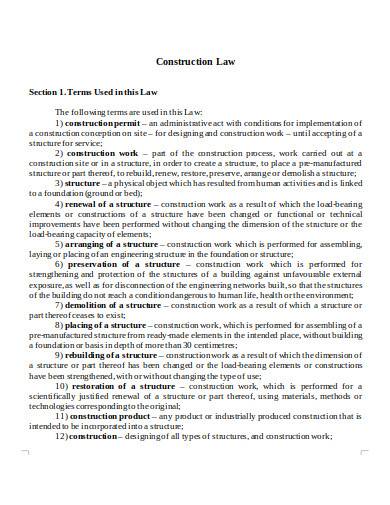Law and order are an integral part of human society. These acts and bills keep man, as a species, from discombobulating each other to extinction. From transactions that require contract agreements with legal heft to groceries, travel, and everyday life, much of what we know is dictated by the law. Constitutions are made to keep the peace and establish a system of efficient work and effective execution. Hence, it’s only natural for the construction industry—one of the more dangerous jobs out there—to be governed by construction laws.
What Are Construction Law Documents?
What does quality management, risk assessment, and construction permits all have in common? They’re all dictated by government standards. These regulations set the criteria for what is humane, secure, and appropriate. In fact, if corporations do not follow them religiously, they could find themselves knee-deep in lawsuits and bankruptcy. However, not everyone has the memory retention of a mousetrap and a lawyer’s intuition, so documents that provide you with constitutional knowledge about the industry are invaluable.
Construction law documents provide you with a basis for many transactions and procedures that occur in the building of infrastructure. Need cement mixers and cranes? Use equipment agreements. Are you not sure if the area you’re working on is safe for your crew? Use a field report. Want to construct the next wonder of the world? Check out an international construction law sample. The leverage and security that comes with abiding the constitution is already a plus, but your aim should be avoiding the consequences of defiance.
Infrastructure and Order
It’s a given that the construction industry is hazardous and deadly. In fact, incidents happen fast, hit hard, and are seldom as calm and tranquil as an exploding gas tank. Safety protocols and construction phase plans are commonly utilized techniques when preventing these mini-calamities from happening, yet they all follow a particular set of criteria dictated by construction laws. So, what are these constitutional regulations anyway?
The modern-day construction regulations already instigated weren’t always like this as they took centuries of refinement to become what we have now. When it comes to this particular industry, strict rules need to be set for the sake of many lives, sanitary purposes, and so much more. As you well know, building infrastructure requires meeting multiple standards such as sanitation, risk assessment, electrical failsafes, and even noise pollution. However, it doesn’t just end with “barely hitting the criteria.”
Think of it this way, if you were a supermarket, wouldn’t you want your health inspector to give you a big and juicy A and pass with flying colors? Now, take that logic and apply it to construction, and it’s practically the same thing.
11+ Construction Law Samples
1. Construction Law Template
2. Construction Laws and Customs
3. Property and Construction Law Suite
4. International Construction Law
5. Construction Law and Dispute Resolution
6. Law And Contracts for The Construction Industry
7. Construction Law Monograph
8. Construction Law Committee Report
9. Interpretation and Construction in Contract Law
10. Construction Law Alert
11. Law on Construction Land
12. Sample Construction Law
How to Create Construction Law Documents
One thing you can use construction law documents for are to guide you through the ins and outs of building infrastructure. This isn’t always directed at the manual-labor portion of the industry, but more so for its enterprising aspect. Thus, the next time you plan to have a construction project, don’t just rely on your council and meeting records but also the rules and regulations in your area. And to help you out, here are a few tips and tricks you can use.
1. Understand Your Current Regulations
Different states may have varying construction regulations and, consequentially, means that your law document could lack effectiveness or become outright invalid in another county. As such, it is best to do a bit of research before you begin drafting your permits and lease agreements. Even though tweaking your document to fit your status quo is a tad bit inconvenient, it pays off sooner or later.
2. Have a Central Focus
Construction law, as a whole, is confusing to tackle head-on, which is why the most optimal approach is to break it apart and focus on the aspects that best fit your purpose. For example, if your goal is to create a safety plan for your construction site, it’s best to focus more on sanitation and risk management protocols instead of resource procurement. By having a central focus on the regulations you need to meet or follow, it allows you to be more in-depth with your approach and, consequently, produce better results.
3. Draft Your Particular Document
Once you have a guide to the legal setup you’re currently involved in, it’s time to create your specific document. This can range from a simple construction law interpretation to action plans, to even something along the lines of project proposals. Whatever text you need, as long as it abides by any building canon in your area, it’s a viable option and much preferred over something stitched together.
4. Size It Up
The last thing you want to do is to make sure that your text is legally robust and can withstand the pressure of court—should it ever get there. How do you do this? Through comparing and contrasting your document with the very constitutional text you used for drafting. By sizing it up, you can better assess your strong points, your weaker details, and possible loopholes that people might exploit.
Hypothetical scenario: would the ambition of, for example, building the tallest skyscraper be justification enough for breaking multiple ethical and legal protocols, risking the lives of hundreds of thousands, and polluting the area with noise, waste, and deadly fumes? Much like any other business, the construction industry is not above the law. Moreover, it needs to abide by rules and regulations for the safety of its crew, machinery, and the thousands of civilians around it. This means that by using construction law documents, you’re assured to make a positive impact in your area, and the industry as a whole.
Related Posts
FREE 10+ Wellness Recovery Action Plan Samples in MS Word | Pages | Google Docs | PDF
FREE 3+ Construction Equipment Lease Proposal Samples in PDF | MS Word | Apple Pages | Google Docs
FREE 7+ Property Purchase Contract Samples in PDF | MS Word | Google Docs
FREE 3+ Agile User Story Samples in PDF
Deed of Assignment
Contract Termination Letter
Witness Letter
Community Petition
Research Interest Statement
Awarding Contract Letter
FREE 10+ Catering Service Proposal Samples in PDF | MS Word | Apple Pages | Google Docs
FREE 5+ Profile Summary Samples in PDF
FREE 7+ Death Investigation Report Samples in PDF
FREE 22+ Sample Business Contract Templates in Google Docs | MS Word | Pages
Salon Price List Samples & Templates


